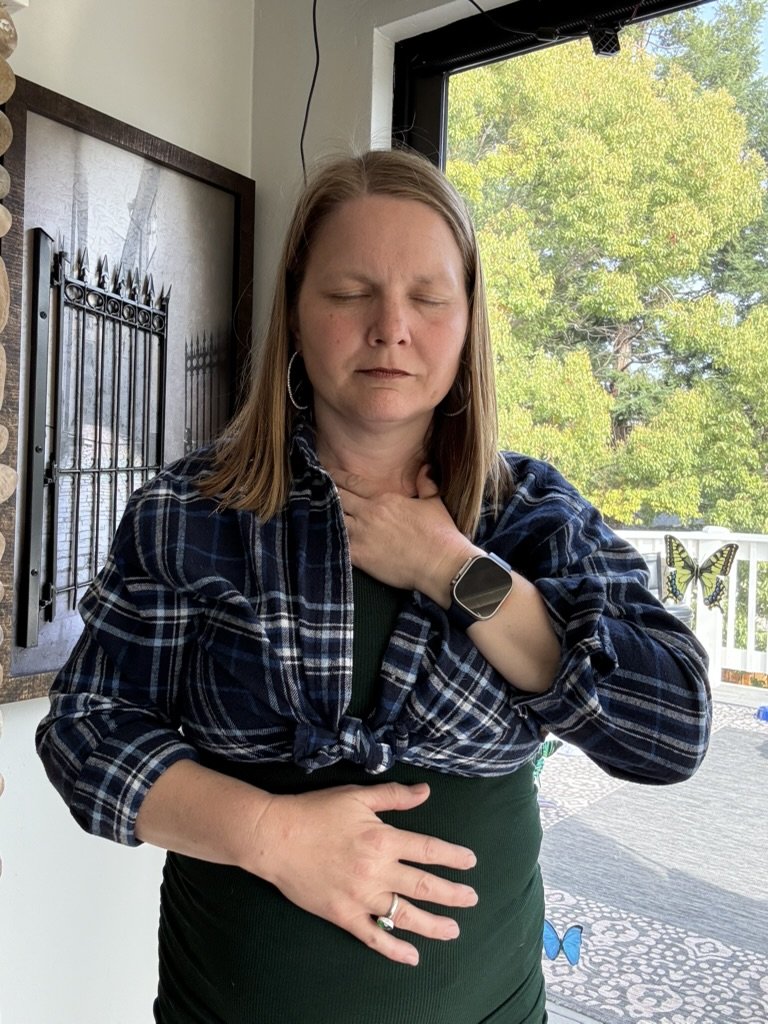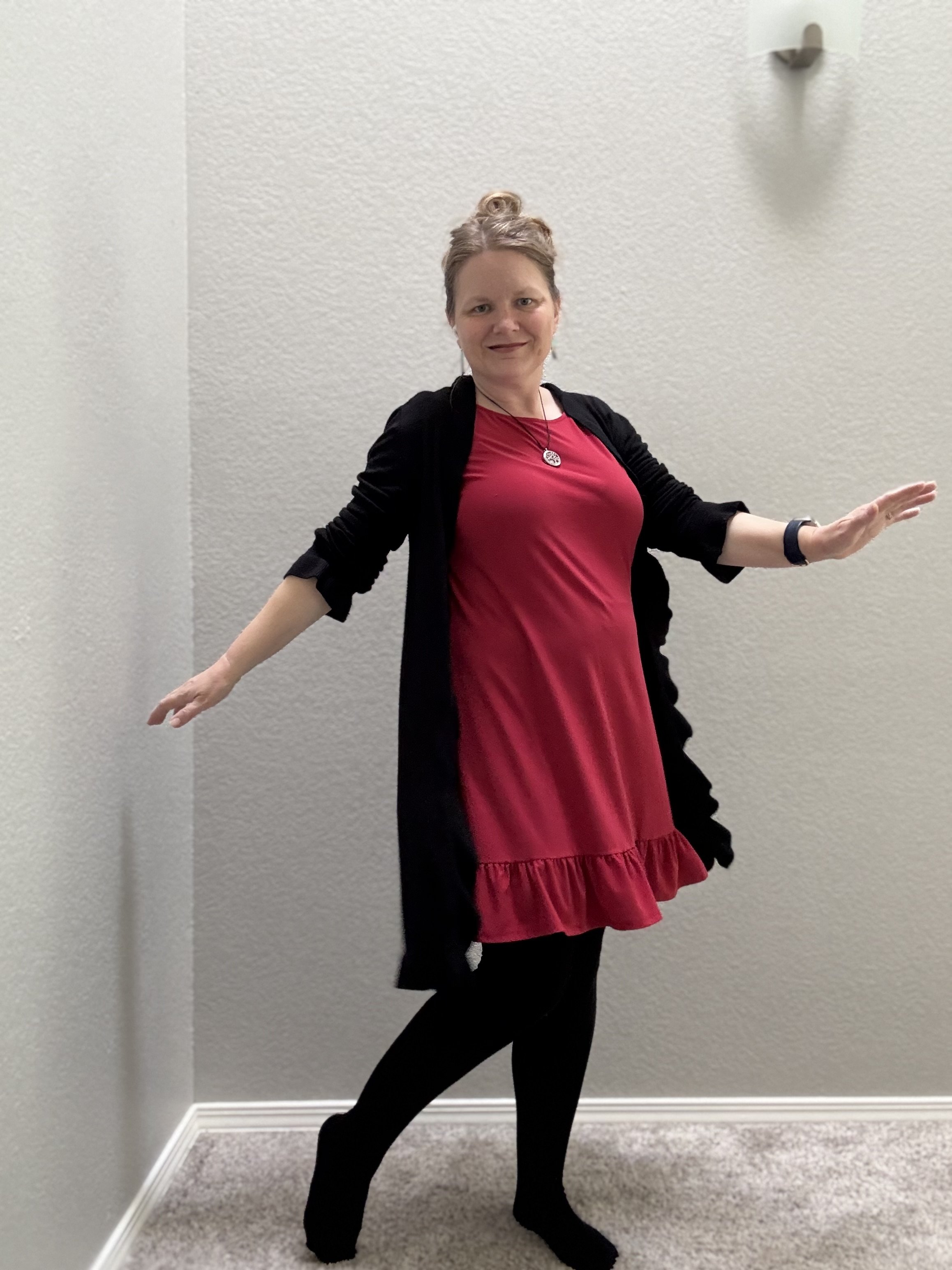The Sleep-Food Connection
Today I am reflecting on the relationship between healthy eating and sleep. This morning, I was listening to the audiobook “The Sleep Prescription” by Aric A. Prather, Ph.D. I’ve been slowly working through his sleep “class” in HeadSpace and decided to listen to his audiobook as I work to improve sleep both for myself and for my clients. I’m just on day 2 at the moment, but this quote really struck me.
“Carb lovers, pay attention here: carbs are an interesting case. Studies have unearthed that while most carbohydrates will actually help you fall asleep faster, only certain types will help you stay asleep. Simple and sugary carbs (think pizza, white bread, bagels, pasta) can cause more wake ups throughout the night. In contrast, complex carbs (again, these are the more high-fiber foods like sweet potatoes, oatmeal, and whole grains) can stabilize your sleep patterns—possibly, Dr. St-Onge theorizes, because they also stabilize your blood sugar.[11]” Excerpt From The Sleep Prescription by Aric A. Prather, PhD https://books.apple.com/book/id1608147733 This material may be protected by copyright.
My Own Sleep & Glucose Journey
Lately I have discovered that my waking glucose levels are consistently in the pre-diabetic range. I have been using the Stelo non-prescription continuous glucose monitor and reading books like Good Energy by Dr. Casey Means and The Glucose Revolution by Jessie Inchaupé. And my sister-in-law gave me an extra Oura ring, which connects with the Stelo to give insights between glucose and other biomarkers! (Such an amazing gift… although I warn that there is an ongoing fee to use the Oura ring in addition to the up-front cost of the ring itself but also I think it’s totally worth it!).
I am learning to use the Glucose Goddess hacks to reduce glucose spikes. The other day I was looking for an audiobook to read and found The Glucose Goddess Method book, and I am starting on week 1 (savory breakfasts).
A Win: My Sleep-Friendly Snack Experiment
Last night I had “breakfast ice cream” (a recipe from The Glucose Goddess Method savory breakfast chapter) before bed with cherries, and I also added another layer of darkness by wearing a hoodie over my head in addition to my usual eye mask headphones. And for once I slept through until 5:15 AM when the sun came up!
I learned from an Oura article that tart cherries are a natural source of tryptophan and melatonin—two compounds that support sleep. It’s a helpful guide to foods and drinks that may promote better rest. That said, many of the items on the list (like juice or bananas) can also spike blood sugar, which—as we've seen—can work against healthy sleep. What I loved about my bedtime snack last night is that it combined the “foods to eat before bed” with blood sugar-balancing strategies: tart cherries, full-fat yogurt, and a spoonful of nut butter. It was tasty and stabilizing. I’m not sure if it was the snack or the extra hoodie I pulled over my eyes (on top of my eye mask headphones!) that made the difference, but I actually slept through the night until 5:15 AM (which is sadly rare for me). My blood sugar barely moved, and my fasting glucose this morning was just a little closer to “normal.”
Adapting the Glucose Goddess Method for Families
But the Glucose Goddess Method is written for adults. How would you adapt it for kids? (Keeping in mind that I speak from the perspective of an “awesome differentiating behavior-changing ninja” rather than as a medical provider and offer this as “how to make this work for us” rather than “Is this right for us?” which is a question for your doctor!)
The Glucose Goddess Method is a 4-week plan for reducing glucose spikes. I love the fact that the approach is about ADDING strategies, not REMOVING or blaming poor food choices. So in week 1, we focus on eating a savory breakfast that is based on protein and fat and fiber (veggies). In week 2, she suggests focusing on having one tablespoon per day of vinegar. In week 3, she suggests adding a vegetable starter to one meal a day. Week 4 is all about moving our bodies for 10 minutes within 90 minutes of eating at least once per day.
I’m in week 1 and focusing on savory breakfasts at the moment. I’ll keep you posted on what I learn along the way.
Week 1: Savory Breakfasts
If your kid likes eggs, that helps of course. But she also has several recipes for using full fat plain yogurt, adding an extra protein source (and not adding any sugar) with some fruit. If this is too big of a jump for you or your kid right now, how could you REDUCE the added sugar one little bit at a time?
Week 2: A Spoonful of Vinegar
In week 2 we reduce glucose spikes by including 1 tablespoon of vinegar in our day. Let’s be real here. That might be harder to get a kid to accept. I’m looking forward to trying out some of the recipes to see what might be more kid friendly. I know that in Healthy Kids, Happy Kids, Dr. Song suggests adding small amounts of sauerkraut juice into ketchup to help get used to the taste, and that certainly has helped me recently. And of course, every kid is going to react differently.
Week 3: Veggie Starter
Here I would suggest taking a look at what veggies your kids will eat and work from there. If the answer is “none”, then it’s time to start experimenting and modeling. You could try some recipes from The Glucose Goddess Method or from something like Elizabeth Pantley’s No-Cry Picky Eater Solution. The Ellyn Satter Institute has some great materials on feeding responsibilities that review what you are responsible for as a parent in a feeding situation. Can you MAKE a kid eat? No. But you can offer. You can be thoughtful. You can make mealtimes enjoyable.
Week 4: Move After Meals
When it comes to exercise after a meal, MAYBE we can force our kids to walk with us. (But honestly right now when it’s too hot for an outdoor walk, my dog Charlie is seriously not happy with me when I walk in place. We need to find a compromise here!). But what I’ve noticed in working with kids and families over the years is that what works the best in the long term is for the ADULTS to model the behavior and INVITE kids to join us without any pressure. If kids see us doing it and they see that we are enjoying it and feeling better, that can spread.
Start with You: Modeling Healthy Habits
With all of these strategies, whether it’s savory breakfasts, vinegar, a veggie starter, or moving after meals, our focus needs to be on MODELING the behavior that we want our kid to catch. Then we want to break our goals into small, manageable pieces and celebrate the small wins with no judgment or punishment — for ourselves or our family members.
Your Mission: Make Healthy Choices Contagious
So where do we go from here? Your mission is to improve sleep for yourself and your family by making healthy eating contagious and reducing glucose spikes, noticing how it changes YOUR mood and what works for making it contagious. Take it at your own pace. Do you want to do one Glucose Goddess hack a week? Great! Do you need two or three weeks? Do it! Any lessons learned that you want to share? Let me know!

























